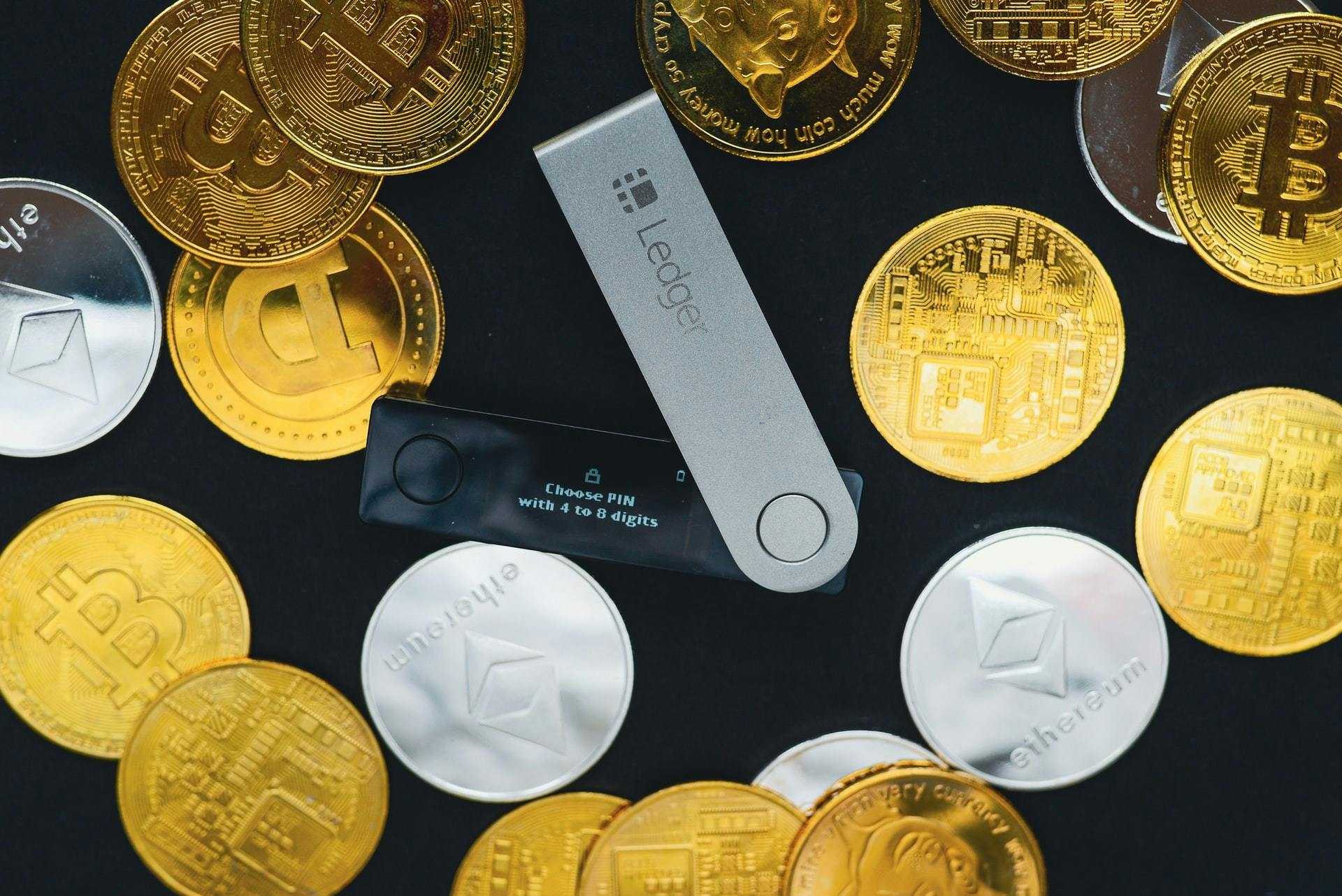The Ultimate Web3 Wallet Guide: Find the right wallet
When getting started in crypto finding the right wallet is essential to keep your assets protected. It took me quite some time to figure out all the different sorts of wallets and which one might be the right one for me in which situation. This blog post gives a quick intro to different types of wallets, evaluating different criteria such as safety, time to set up, and costs. At the end of this article, you will know what wallet is the best match for you.
What is a crypto wallet?
A wallet allows you to hold various crypto assets and interact with smart contracts. The term wallet might be a bit confusing since we are used to be talking about accounts when it comes to money and assets and dealing with them in the internet.
To trust or not to trust - taking ownership of your keys
Nour keys, not Your crypto.
This is probably one of the most famous quotes in the crypto scene, debating wether you should create a custodial or non custodial wallet.
Personally, I feel that owning and securing your own funds is a truly powerful experience: Only you and no one else can access the funds and you have to trust no one else.
With great powers come great responsibilities. - Peter Parker
However, there’s also a tradeoff to managing and controlling everything yourself. It’s on you now not to get hacked or loose access to your private keys. Luckily this nifty guide will help you to decide wether you’re ready to take control.
Exchange Wallets (custodial)
Exchange wallets are the easiest and most natural way to get started on your crypto journey. Since most people buy crypto from an exchange like Coinbase, Kraken, Binance or FTX anyways they will automatically get a wallet generated where the crypto assets are stored.
Despite many hacks, e.g. the Mont Gox hack, exchanges are improving their security allowing customers to add 2 factor authentication, email notifications etc. to further secure their accounts.
Since this type of wallet is custodial, you do not own the private keys and hence need to trust the exchange that they will keep your assets safe and act in a responsible way. With the insolvency of Celsius we are reminded that not all financial institutions do this.
Hot Wallets (non custodial)
A hot wallet is a wallet is always connected to the internet, making it vulnerable to online attacks.
Hardware Wallets
🕑 Time to set up: 1 hour - 2 days (including delivery)
🤑 Cost to set up: From x to x
🔐 Safety: Good
Burner Wallets
🕑 Time to set up: <5 Seconds
🤑 Cost to set up: Free
🔐 Safety: Ok
Multisig Wallets
🕑 Time to set up: 5-15 Minutes
🤑 Cost to set up: XX Crypto
🔐 Safety: Very Good
Social Recovery Wallets
🕑 Time to set up: 5-15 Minutes
🤑 Cost to set up: XX Crypto
🔐 Safety: Very Good
